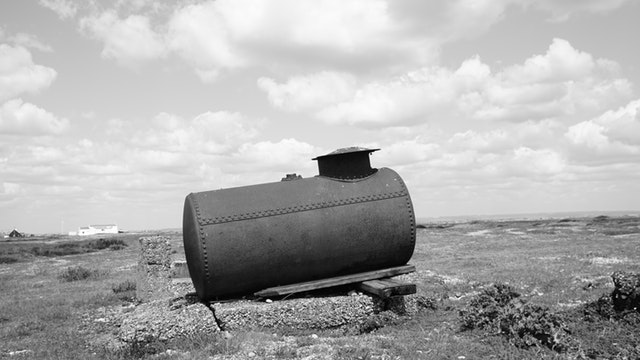Fuel storage is essential for any business operating in the oil and gas industry. The material used in the storage tanks must be anti-corrosive and withstand the chemicals within them. Here are the most common types of materials used in fuel storage tanks.
Galvanized Steel
Galvanizing tanks make excellent fuel storage because of the anti-corrosion properties of steel. By galvanizing the steel, the exterior of the tank has the protection against elements that can change daily affecting the fuel within. There is some concern that the zinc used in the galvanized coating can interact negatively with diesel and clog filters or injectors. However, regularly cleaning the tank seems to eliminate this issue especially for larger tanks. One of the main positives of using galvanized steel is that the tank corrodes at an expected rate versus other options.
Plastic Options
Yes, some fuel tanks do use plastic, but specific types of plastic. These can be a lower build cost but may not last as long as galvanized steel or hot-dip galvanized tanks. However, their lightweight can make them a great option depending on the consumer’s use. The most common types of plastic used to create these tanks are ethyl vinyl alcohol, high-density polyethylene, plastic adhesive, regrind plastic and polypropylene. Regrind plastic is essentially recycled polyethylene. The plastic can be molded to create a variety of forms using blow molding or rational molding.
Fuel Storage
Each type of material comes with its own list of pros and cons. Depending on the size and location of the tank, certain materials may be better suited for the environment. Storing fuel requires taking into account the corrosive nature of fuel whether gasoline, diesel or jet fuel. The use of the tank itself can impact the best type of material to use such as for vehicles or for outdoor storage. Choose the right one for your application and fuel storage needs.







